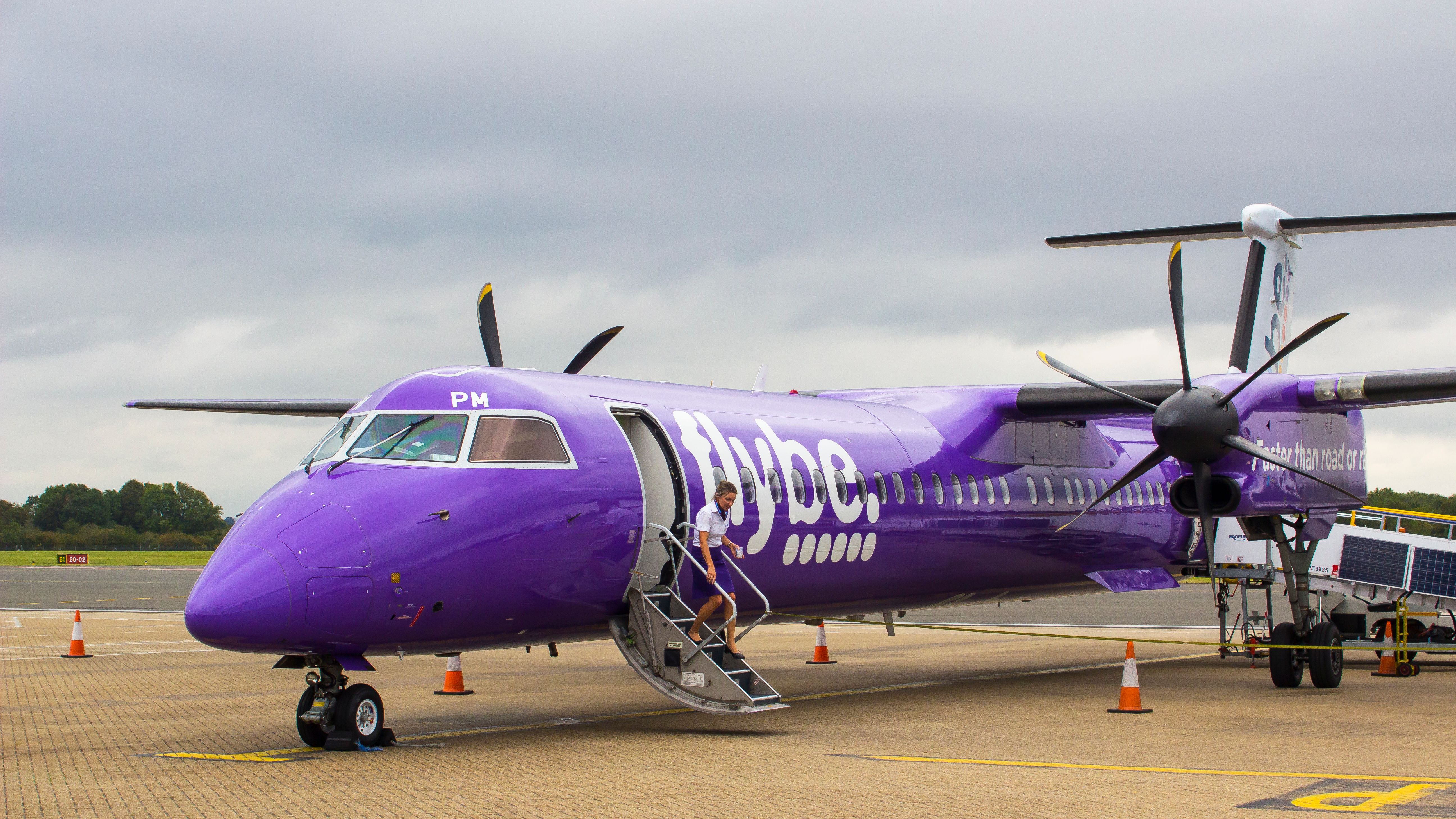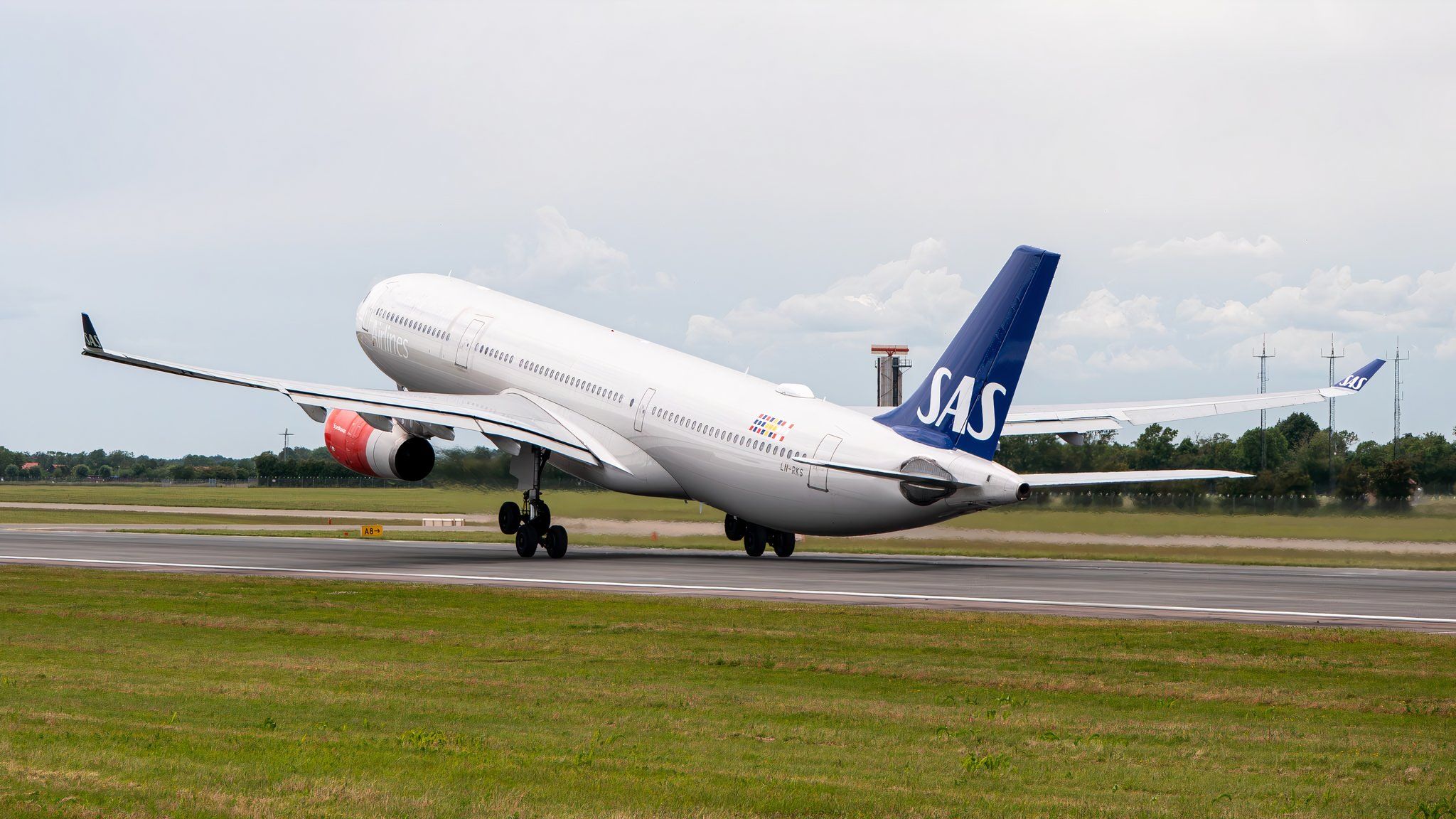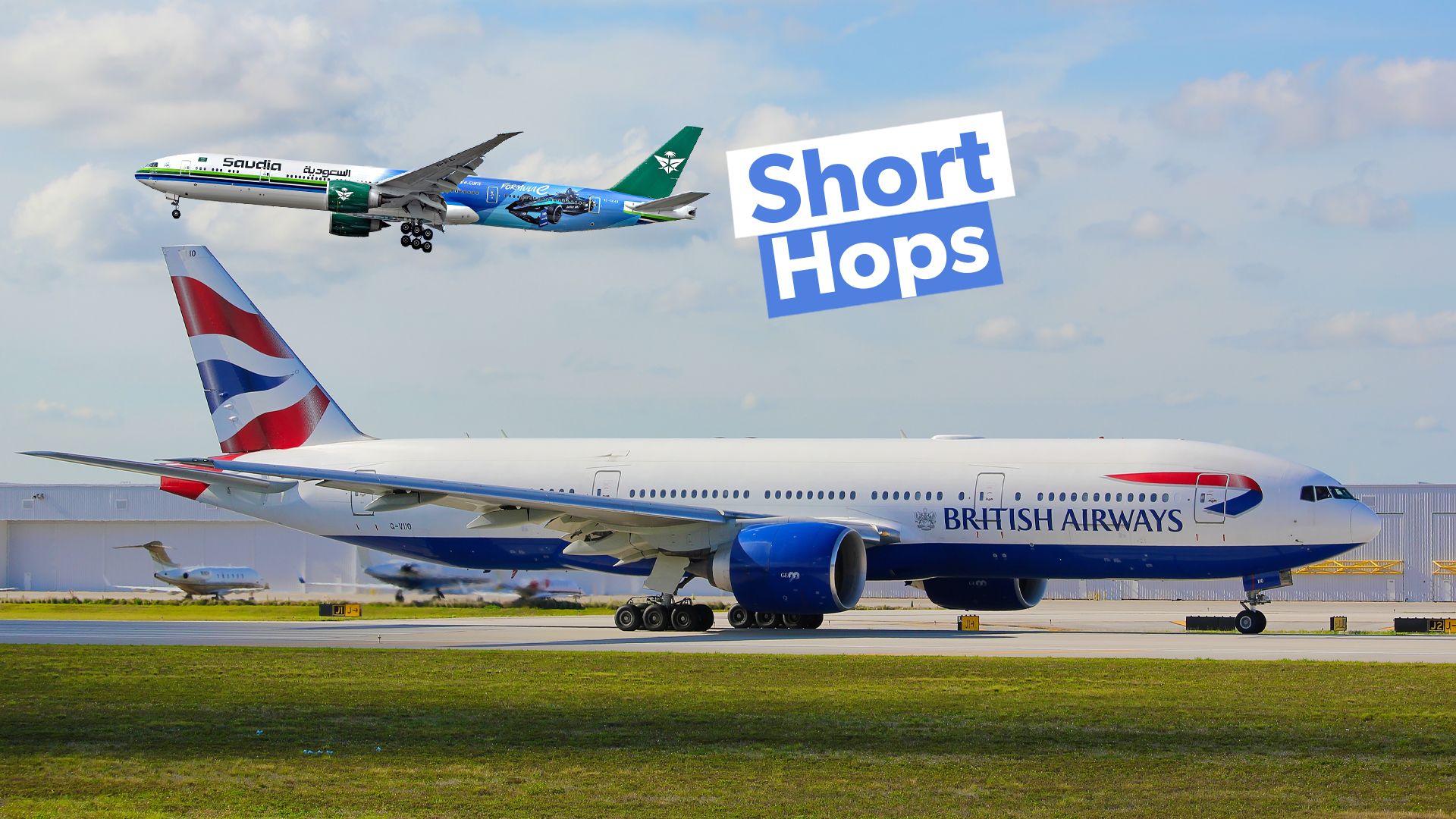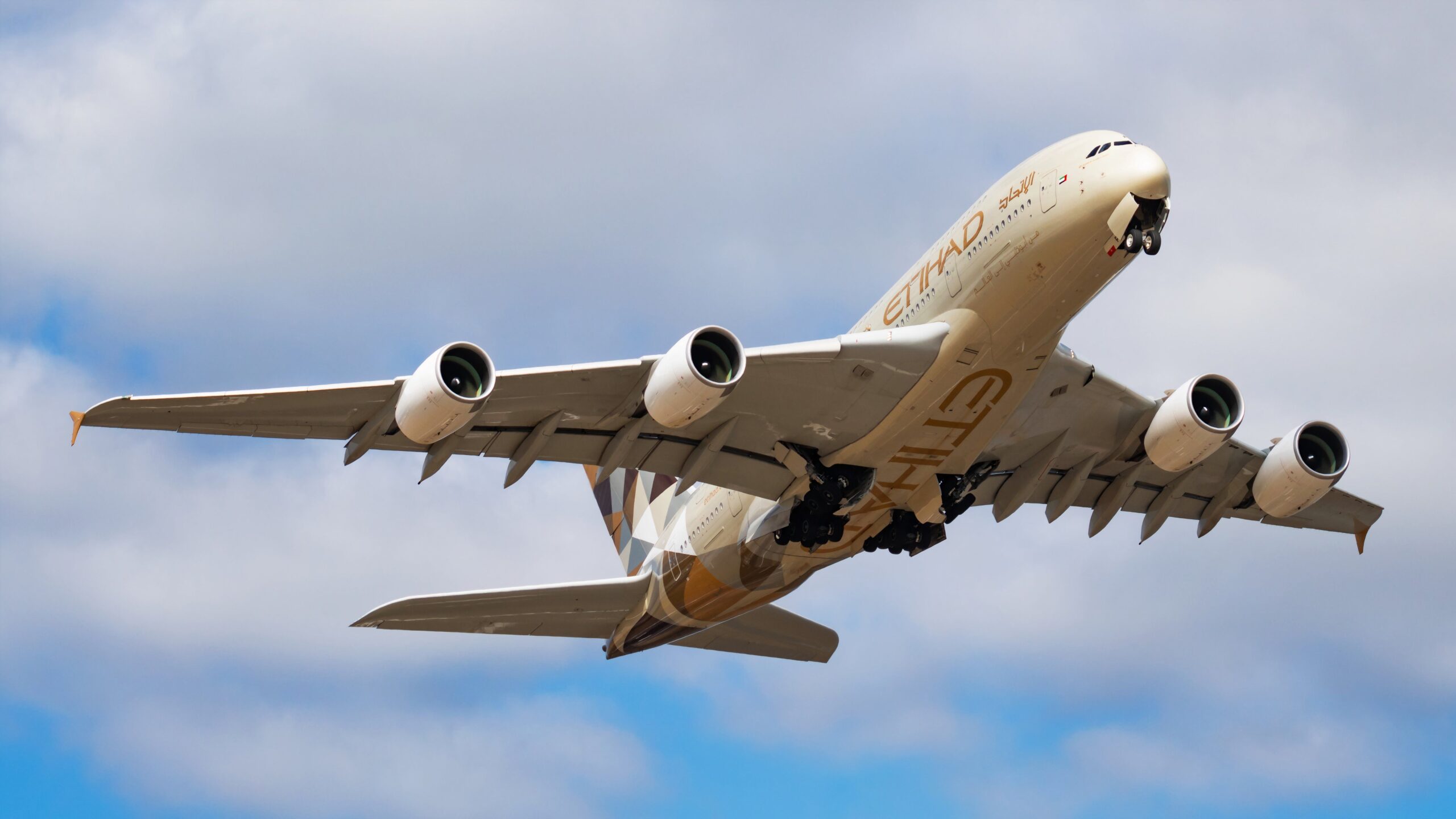Summary
- Capital Airlines, originally Brown Air, introduced “low-cost” flights in the late 80s in the UK.
- The airline operated various aircraft types, including the Grumman Gulfstream I and Short 360-300, before adding British Aerospace BAe 146-200 jets.
- Capital Airlines faced financial constraints and ceased operations in June 1990 due to the bankruptcy of its parent company, Brown Group International.
Yorkshire International Airline, officially Capital Airlines, made its mark in the aviation industry at the end of the 80s. As short-lived as it was, the airline showed great zeal for bigger things with an unanticipated fall down.
The early days
Capital Airlines began its journey in 1984 under the name Brown Air, a subsidiary of Brown Group International, which specialized in heavy plant equipment. Initially, Brown Air operated a corporate shuttle using a Cessna 441 Conquest II for flights between Leeds Bradford Airport and Oslo.
The service was soon opened to the public, and an additional route to Frankfurt was introduced. The Cessna was later replaced by a Grumman Gulfstream I turboprop to meet the growing demand.
Following the collapse of Metropolitan Airways in 1985, the Glasgow-Leeds-Cardiff route was left without service. As a replacement, the 24-seat Gulfstream aircraft was assigned to operate on this particular schedule.

Related
Top 5: The Most Spectacular Airline Startup Failures
Some young airlines come crashing down, and others never even take off.
Quick fun fact: the Grumman Gulfstream I was the same aircraft type Walt Disney acquired in 1963, nicknamed ‘The Mouse,’ featuring a custom interior with Mickey Mouse-themed decor. With the tail number N234MM, the aircraft flew for 28 years, clocking 20,000 hours and carrying 83,000 passengers before retiring.
The rebranding
Brown Air rebranded as Capital Airlines in 1987, signaling a new expansion phase. The airline could now reach many more destinations, starting with its first Short 360-300 aircraft.
The Short 360, also known as Shorts 360, was a commuter aircraft manufactured by Short Brothers in the UK during the 1980s. It seated up to 39 passengers and was introduced in November 1982 as a larger version of the Short 330.
So, Capital Airlines began a route from Leeds Bradford Airport to Belfast City, Dublin, and London Gatwick. Furthermore, the airline offered flights from London Luton to Belfast City and Dublin using a cheap pricing strategy compared to other airlines such as British Airways.
In Europe, the low-cost airline concept is considered to have started in the UK and Ireland with easyJet and Ryanair in 1995, inspired by the American Southwest Airlines.
However, the first traces of the attempt to reduce ticket costs compared to “traditional” airlines can be seen as early as the late 1980s, for example, with Capital Airlines itself.
Fleet and route expansion
Capital Airlines rapidly expanded its fleet and routes. By 1989, the airline had added two British Aerospace BAe 146-200 jets, which enhanced its services from London Luton and Leeds Bradford.
The British Aerospace 146 (BAe 146) was a short-haul regional airliner produced in the UK from 1983 to 2001 by British Aerospace (later BAE Systems). The BAe 146 was a high-wing monoplane with a T-tail and four turbofan engines mounted under the wings. Known for its quiet operation, it was marketed as the Whisperjet and was commonly used at city airports like London City Airport.
Capital Airlines’ BAe 146s also flew charter services to popular holiday destinations like Malaga and Palma in the summer and Salzburg in the winter. With 387 units built, the BAe 146 was the most successful British civil jet airliner program.
Despite these expansions, the airline was beset by heavy financial constraints as high operating costs for the BAe 146s made it hard for the airline to break even. This situation forced Capital Airlines into a loss-making phase, with October 1989 seeing as much as £838,000 ($1,060,000) worth of losses in one fiscal year alone while the trend persisted.
The collapse of Capital Airlines
The airline’s ambitious expansion plans ultimately led to its downfall. In June 1990, Capital Airlines ceased operations following the bankruptcy of its parent company, Brown Group International.
The airline could not afford to operate after the Brown Group, its owner, went insolvent, owing it £12 million ($15,150,480). Capital Airlines had been running scheduled and charter flights within Europe and the UK up to the point of its closure.
Despite efforts to salvage parts of the airline, including interest from potential buyers, deals have yet to materialize. The airline’s primary routes were subsequently overtaken by other carriers such as Jersey European (later Flybe) and Loganair.
With six Shorts 360s and two 146 jets, a new route between Belfast and Dublin, and less than 49% of seats filled in May 1990, Capital Airlines accumulated losses of over £500,000 ($631,327) in its final month, and the Leeds Bradford-based airline was placed into receivership, with the loss of 285 jobs, on 27 June 1990.

Related
The Collapse Of Flybe: What Went Wrong
Flybe’s first collapse came at the onset of the COVID pandemic following years of problems.
Today, Capital Airlines’ legacy lives on in the routes and services that were absorbed by different airlines. The airline’s introduction of low-cost pricing on specific routes set a precedent that other carriers would follow.




